Introduction
Spring bamboo shoots, a seasonal delicacy cherished in many Asian cuisines, symbolize the renewal of nature and the promise of new beginnings. Their tender texture and mild, slightly sweet flavor make them a versatile ingredient in a wide array of dishes, from stir-fries and soups to pickles and salads. However, selecting the best spring bamboo shoots can be a challenge, as their quality varies greatly depending on harvest time, storage conditions, and variety. In this comprehensive guide, we will delve into the intricacies of choosing the most delicious spring bamboo shoots, ensuring that your culinary endeavors are rewarded with the freshest, most flavorful ingredients.
Understanding Spring Bamboo Shoots
Before diving into selection criteria, it’s essential to understand what spring bamboo shoots are and their various types. Spring bamboo shoots refer to the edible shoots of bamboo plants harvested during the spring season. They are typically young and tender, making them ideal for cooking. There are several types of bamboo shoots, categorized mainly by the species of bamboo they come from and their stage of growth.
- Winter Bamboo Shoots: Harvested just before spring, these shoots are slightly older and more fibrous than spring shoots but still prized for their flavor.
- Early Spring Bamboo Shoots: These are the first shoots to emerge in early spring and are highly valued for their extreme tenderness and sweetness.
- Late Spring Bamboo Shoots: Harvested later in the season, these shoots are larger and may have a slightly stronger flavor and more fiber.
Each type has its unique characteristics and uses in cooking, but for the purpose of this guide, we will focus on early spring bamboo shoots, as they are generally considered the most sought-after for their delicate taste and texture.

Harvesting and Freshness
The freshness of bamboo shoots is paramount to their quality. Ideally, shoots should be harvested when they are still young and tender, usually within a few weeks of emerging from the soil. Harvesting too early can result in undersized shoots, while harvesting too late can lead to bitterness and increased fiber content.
When purchasing spring bamboo shoots, look for those that have been recently harvested. This can often be determined by the packaging date or by asking your vendor. Fresh shoots should have a firm texture and a bright, moist appearance. Avoid shoots that are wilted, dried out, or have a dark, discolored appearance, as these are signs of aging or improper storage.
Varietal Differences
Different varieties of bamboo produce shoots with distinct flavors and textures. Some varieties are known for their sweetness, while others are noted for their crispiness. Understanding these differences can help you select the best shoots for your specific recipe or taste preference.

- Moso Bamboo (Phyllostachys pubescens): This is one of the most common varieties used for bamboo shoots. Its shoots are large, tender, and have a slightly sweet flavor, making them ideal for stir-fries and soups.
- Arrow Bamboo (Pseudosasa japonica): Known for its small, slender shoots, arrow bamboo produces shoots that are crisp and have a delicate flavor. They are often used in pickles and salads.
- Thunder Bamboo (Bambusa tulda): This variety yields shoots that are slightly bitter but have a rich, earthy flavor. They are often used in cooked dishes where the bitterness can be balanced by other ingredients.
When selecting bamboo shoots, consider the variety and its typical characteristics to match your culinary needs.
Visual Inspection
Visual inspection is a crucial step in selecting the best spring bamboo shoots. Here are some key factors to look for:
- Color: Fresh shoots should have a light green or creamy white color. Avoid shoots that are dark green, brown, or have black spots, as these are signs of aging or spoilage.
- Texture: Feel the shoots to ensure they are firm and not soft or mushy. Firmness indicates freshness and a lack of internal decay.
- Shape: Look for shoots that are straight and evenly shaped, with no signs of cracking or splitting. Cracks and splits can be indicators of over-maturity or rough handling.
- Size: While size can vary depending on the variety, generally, smaller shoots tend to be more tender and flavorful. Larger shoots may have more fiber and a stronger flavor.
Smell and Taste
Another important aspect of selecting bamboo shoots is their aroma and taste. Fresh shoots should have a mild, earthy scent, reminiscent of fresh grass or nuts. Avoid shoots that have a strong, unpleasant odor, as this can indicate spoilage or improper storage.
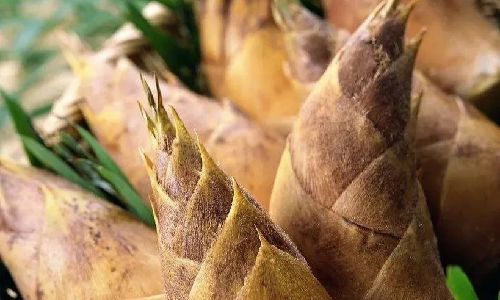
If possible, taste a small piece of the shoot before purchasing. Fresh shoots should have a slightly sweet and slightly nutty flavor. Any bitterness or off-flavors are signs that the shoots may not be at their best.
Packaging and Storage
When purchasing bamboo shoots, pay attention to the packaging and storage conditions. Fresh shoots should be kept refrigerated to maintain their quality. Look for packages that are sealed tightly and have no signs of leakage or damage.
If you are buying canned or vacuum-packed shoots, check the expiration date and ensure the packaging is intact. Canned shoots can be a convenient alternative to fresh ones, but they may lack the freshness and flavor of recently harvested shoots.
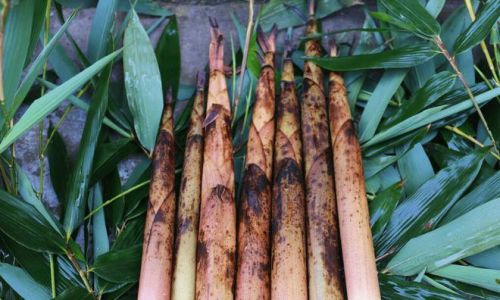
Once you bring the shoots home, store them in the refrigerator in a sealed container or the original packaging. Use them within a few days for the best flavor and texture.
Seasonal Availability
Spring bamboo shoots are a seasonal delicacy, typically available from late spring to early summer. Their availability can vary depending on your location and the climate, so it’s essential to know when they are in season in your area.
To maximize freshness and flavor, try to purchase shoots as close to their harvest date as possible. If you live in an area where fresh shoots are not available, consider looking for frozen or canned options from reputable brands. While they may not be as fresh as locally harvested shoots, they can still provide a delicious and convenient alternative.
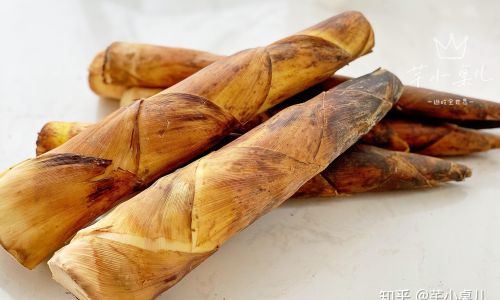
Cooking Tips
Once you’ve selected the best spring bamboo shoots, it’s time to cook them. Here are some tips to ensure your shoots retain their flavor and texture:
- Preparation: Before cooking, soak fresh shoots in water for a few hours to remove any bitterness. Change the water a few times during soaking to ensure all bitterness is removed. For canned or vacuum-packed shoots, follow the package instructions for preparation.
- Cooking Methods: Spring bamboo shoots can be cooked in various ways, including boiling, steaming, stir-frying, and baking. Boiling or steaming is a gentle method that preserves their texture and flavor. Stir-frying adds a delicious caramelized crust, while baking can create a rich, umami-laden dish.
- Pairing: Spring bamboo shoots pair well with a variety of ingredients, including meats, seafood, vegetables, and grains. Their mild flavor makes them versatile and easy to incorporate into various dishes.
- Seasoning: Use light seasoning to allow the natural flavor of the shoots to shine. Soy sauce, salt, and a touch of sugar can enhance their sweetness, while garlic, ginger, and chili can add complexity to your dishes.
Conclusion
Selecting the best spring bamboo shoots requires attention to detail, an understanding of varietal differences, and a keen sense of smell and taste. By following the guidelines outlined in this guide, you can ensure that your culinary endeavors are rewarded with the freshest, most flavorful shoots available. Remember, the key to delicious spring bamboo shoots is freshness, so try to purchase them as close to their harvest date as possible and store them properly to maintain their quality. With the right selection and preparation, you’ll be able to enjoy the delicate sweetness and tender texture of spring bamboo shoots in a wide variety of dishes, bringing a touch of spring to your table throughout the year.
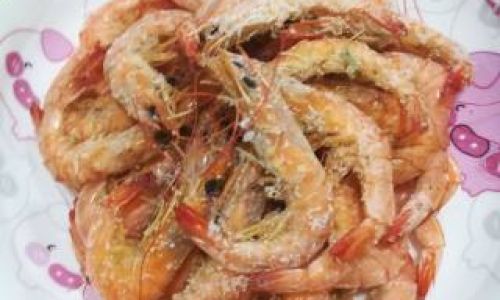
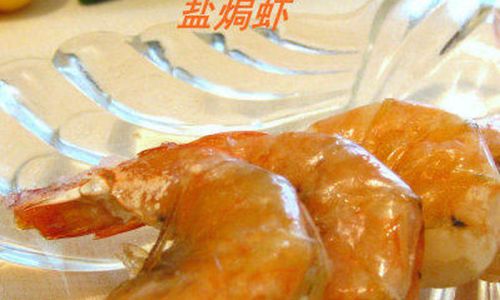
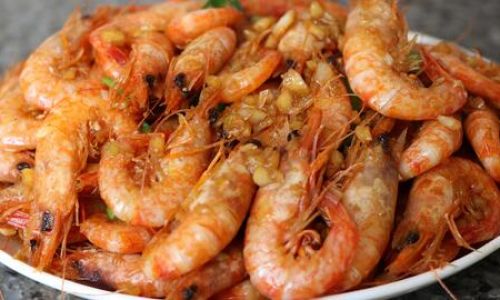
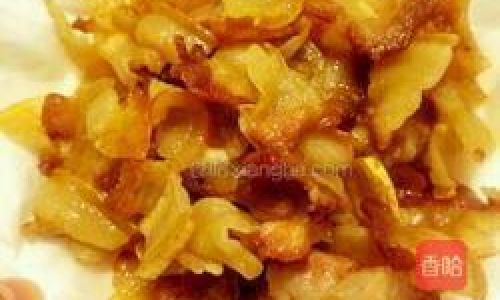
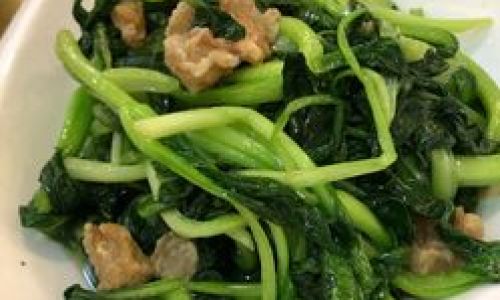
0 comments